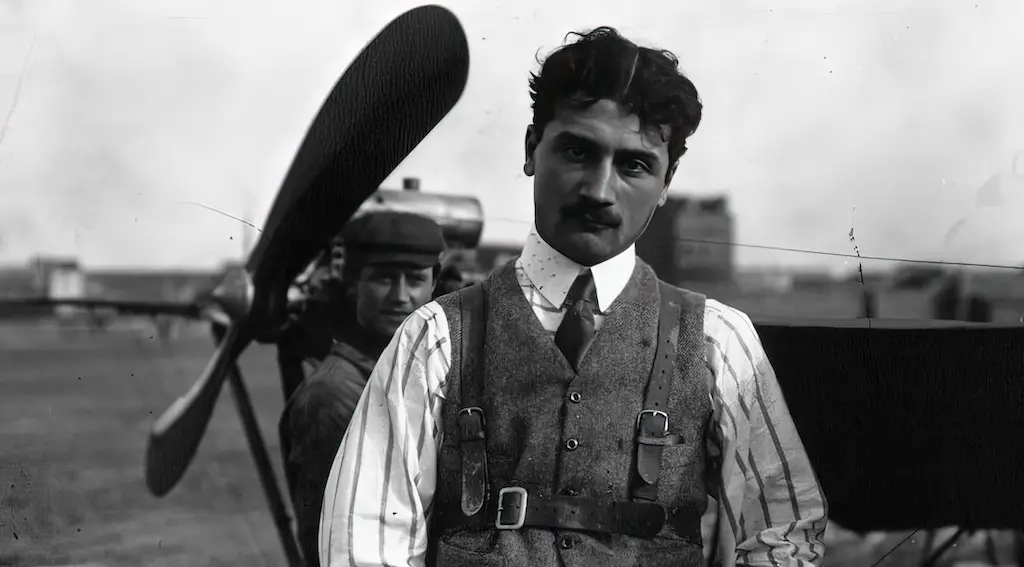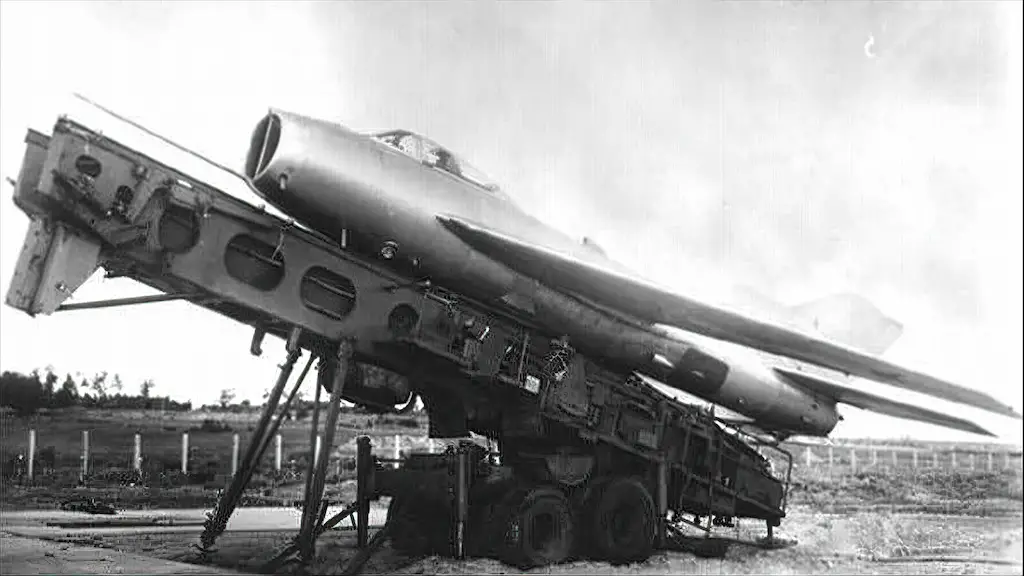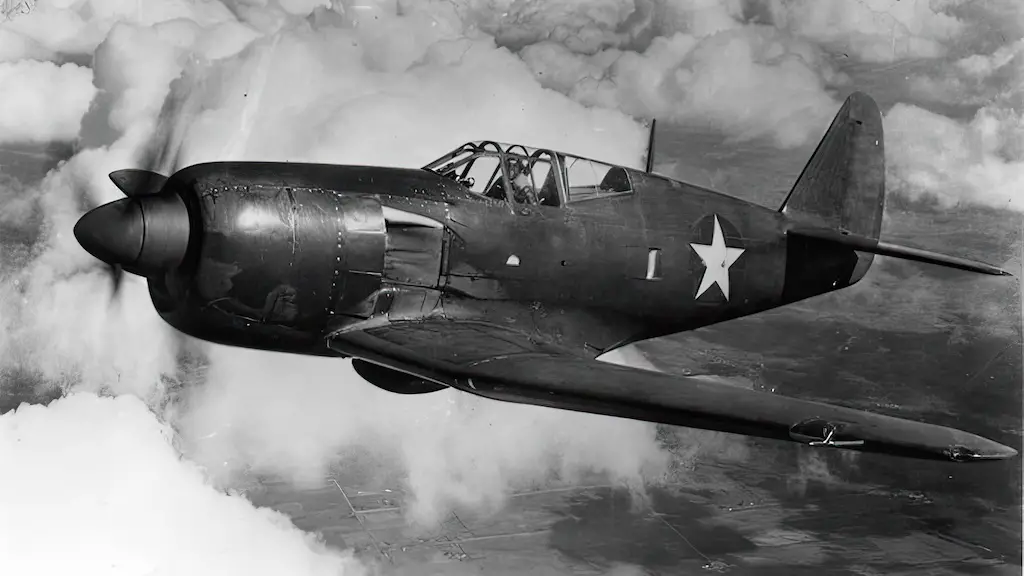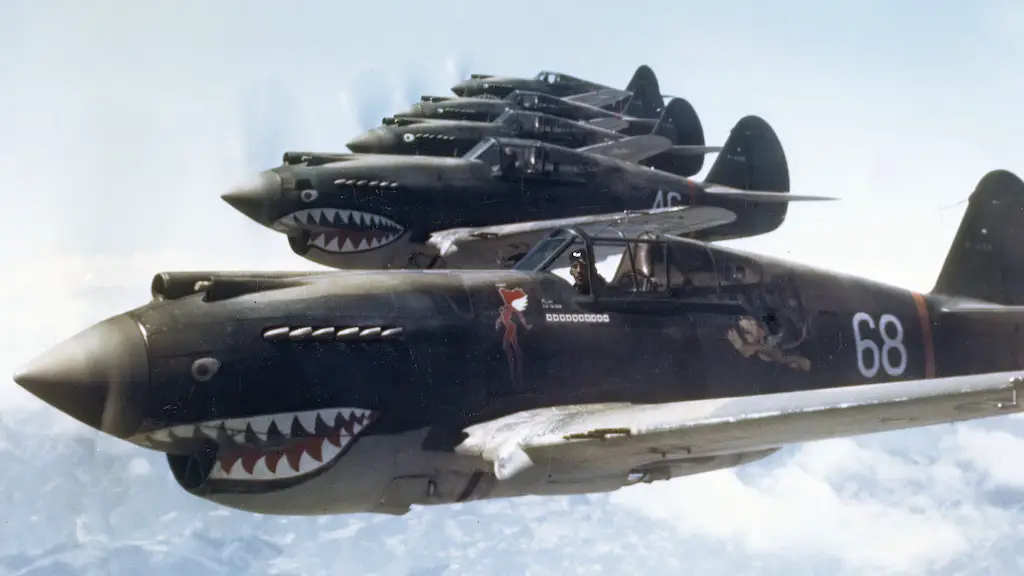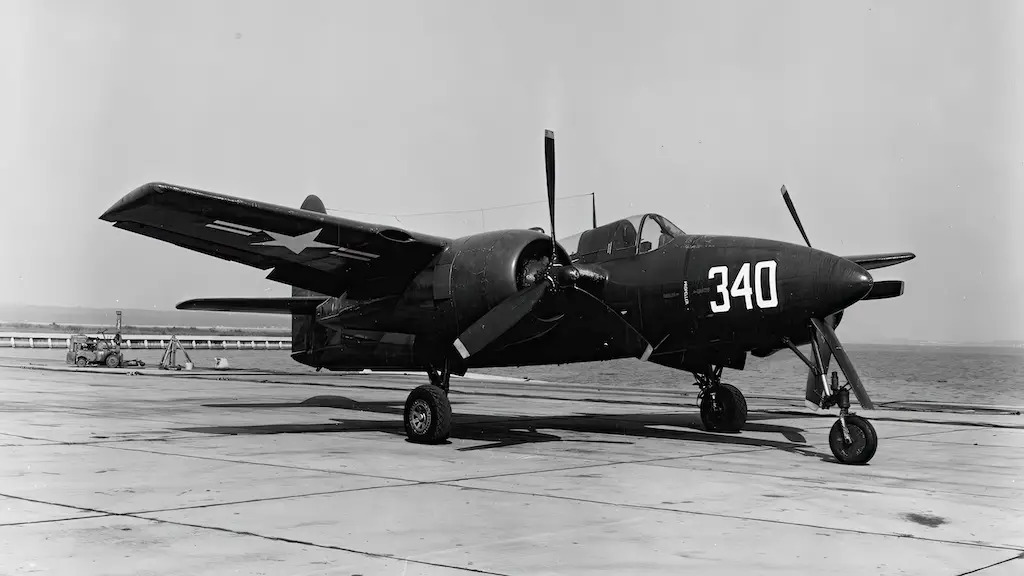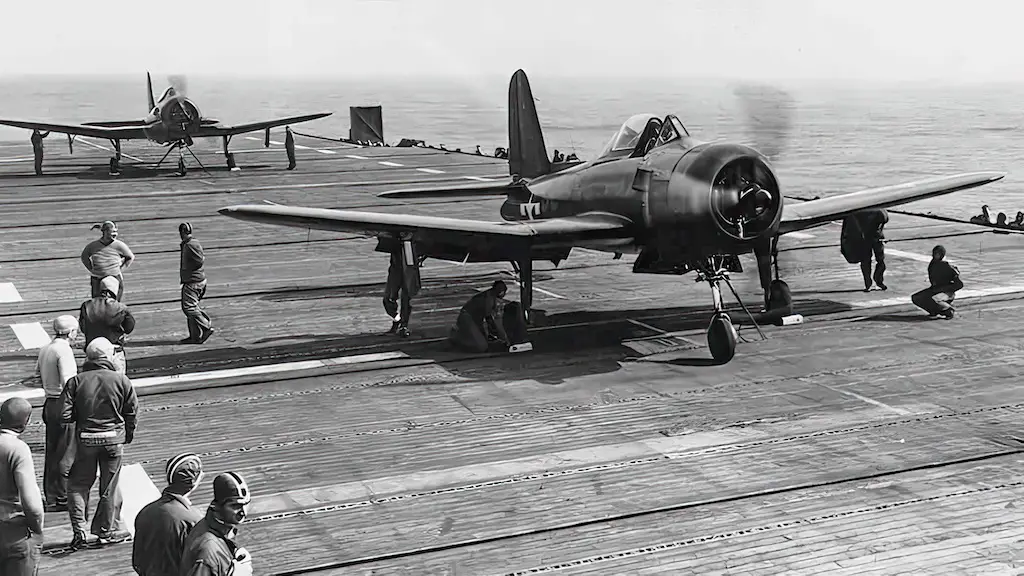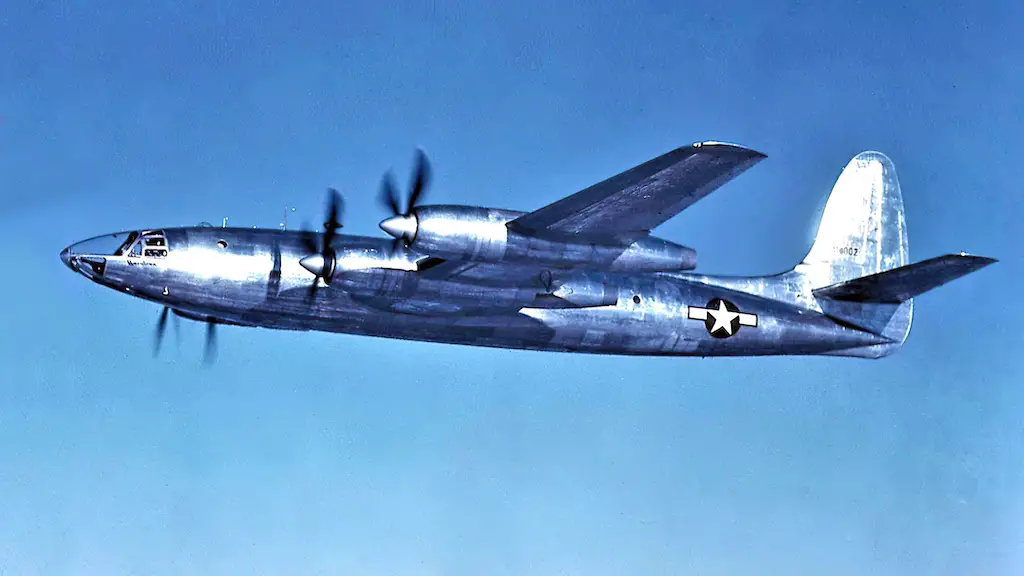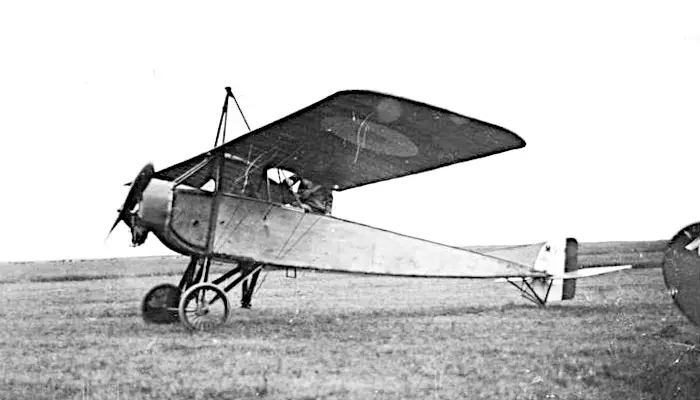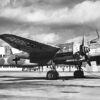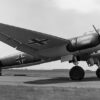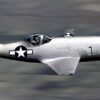Roland Garros — the guy whose name French Open tennis tournament carries — was already a renowned aviator before 1914, but his actions during the WWI earned him even greater fame. Unfortunately, he didn’t live to see the end of the Great War.
Pre-war achievements
Garros first became interested in aviation when he visited an air show in Reims, Champagne, in 1909. At the time he was an owner of a car dealership in Paris. Fascinated with this new technology, he immediately bought himself an airplane. A keen sportsman, Garros mastered flying after taking a few lessons, and ventured into this new sprawling industry. In 1911 and 1912 Garros set several records. One of the most daring among those was his 485-mile, 8-hour-long flight from France to Tunisia.
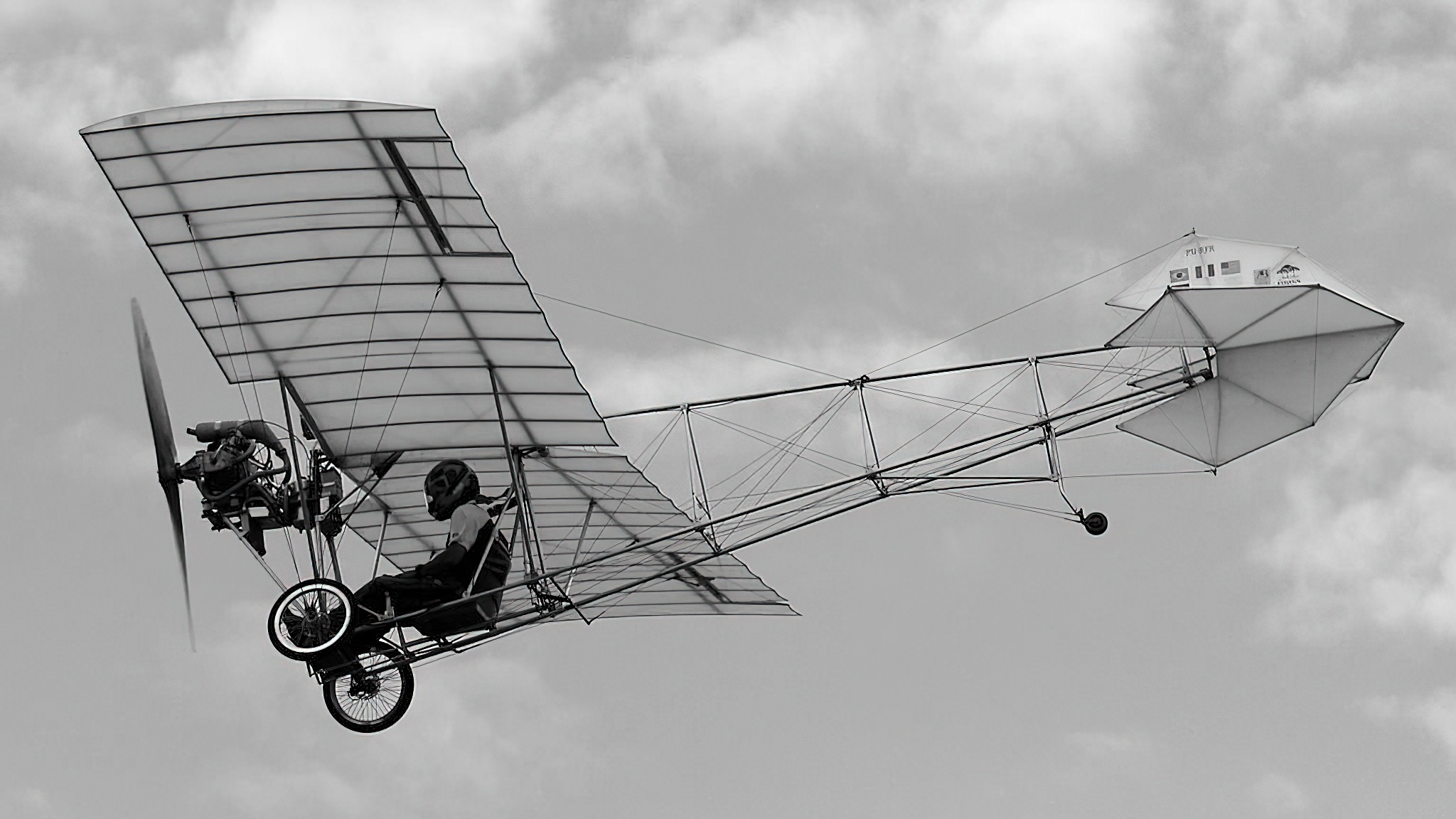
Pioneer of aerial warfare
When the war broke out, Garros was working as an instructor in Germany. To avoid possible captivity, he took an unplanned flight to Switzerland, and from there to France. Once at home, he signed up with the Storks squadron.
While serving with the squadron he developed a forward-firing machine gun for airplanes. In the first aerial skirmishes of WWI pilots would mostly try to shoot each other from handguns or carbines. That wasn’t very effective, of course. Some tried installing machine guns above the propeller. That, however, was not particularly helpful either — too difficult to aim and shoot successfully that way. So, Garros came up with a way of putting the machine gun right in front of the pilot, so that he could fire through the propeller.
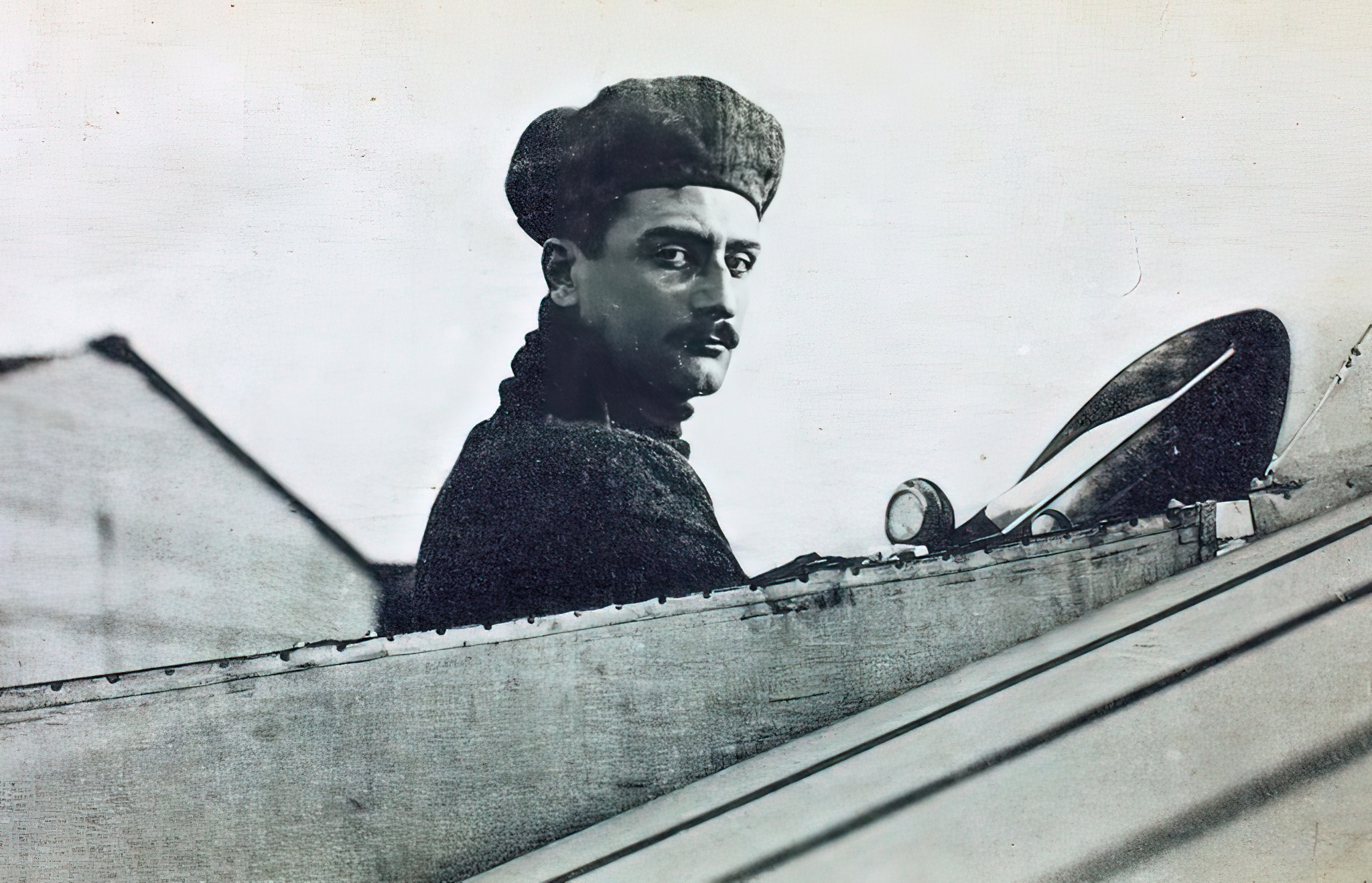
He equipped the propeller of his Morane-Saulnier L with bullet deflectors, steel wedges attached to the airscrew. That way, whenever he fired a burst from his machine gun, some bullets would hit the deflectors and be beaten off course, while others would fly right at the target. Importantly, none of them would damage his own propeller. In the following years aircraft producers adopted a more elegant solution to the problem by synchronizing the propeller’s turns with the machine gun fire, but for its time that was a step forward.
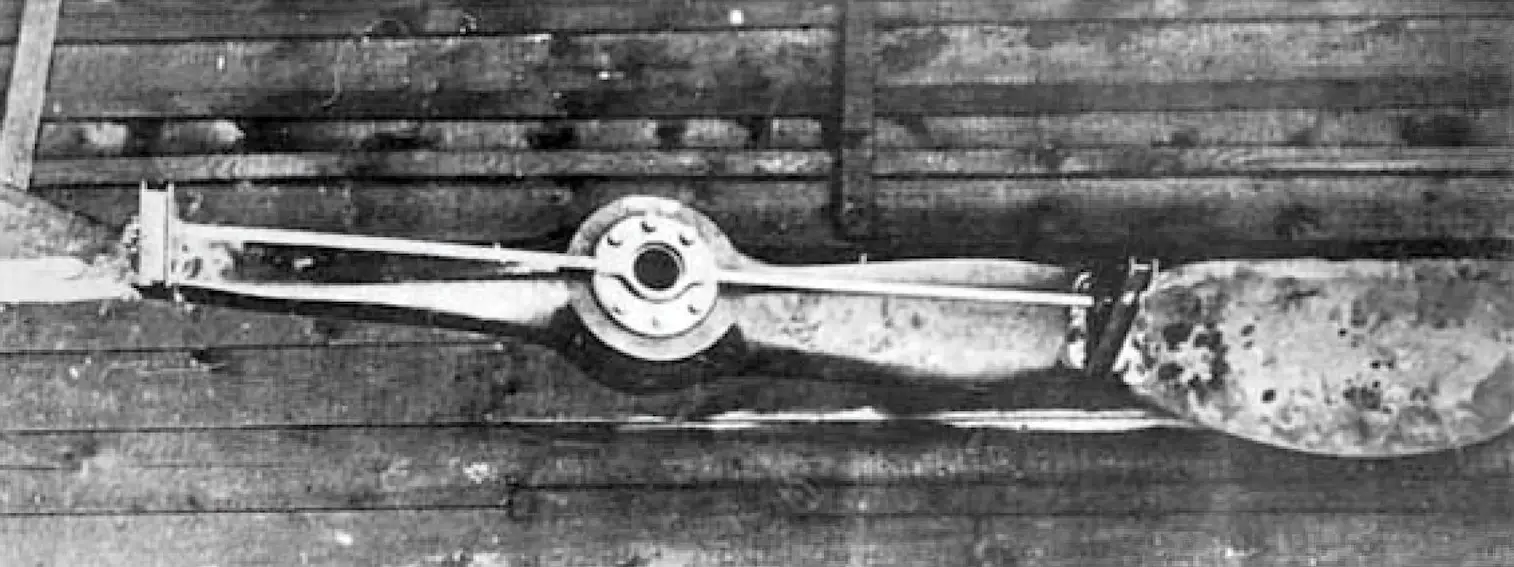
Victories and defeats
On August 25, 2014, Garros, together with Lt. de Bernis engaged a German aircraft, damaged it and wounded one of the crew. The German airplane had to retreat. Although the French airmen did not actually down the enemy aircraft, this episode is sometimes counted as the first aerial victory of that war.
In March 2015 Garros claimed several more victories. On April 18, following three consecutive victories scored in just a fortnight, he got hit by air defense fire over Belgium. Garros was forced to land behind the enemy lines. Thus, the Germans captured him and his plane, seizing the opportunity to examine his machine gun – propeller system.
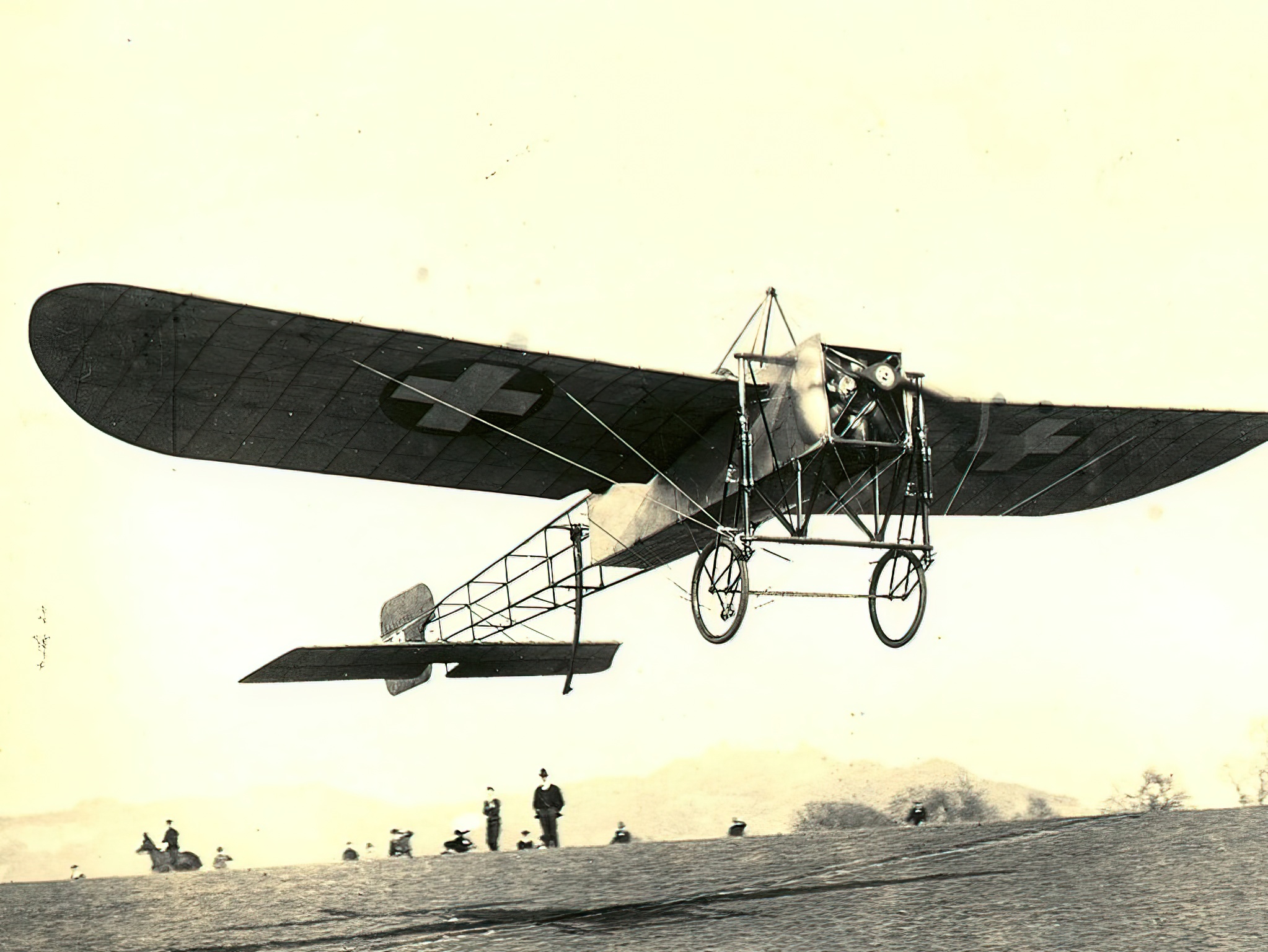
After spending three years as a POW, Garros managed to escape, disguised as a German military officer. During the captivity, his eyesight severely deteriorated and he now had to fly in glasses. Despite proposals to continue his career as an advisor, Garros insisted on remaining a fighter pilot.
After stepping back into the ranks, he won yet another victory and claimed one more unconfirmed kill. Soon afterwards Garros got killed in a fight over Ardennes on October 5, 1918. He was shot down by a Fokker fighter, just five weeks before the Armistice Day and one day short of his 30th birthday.

